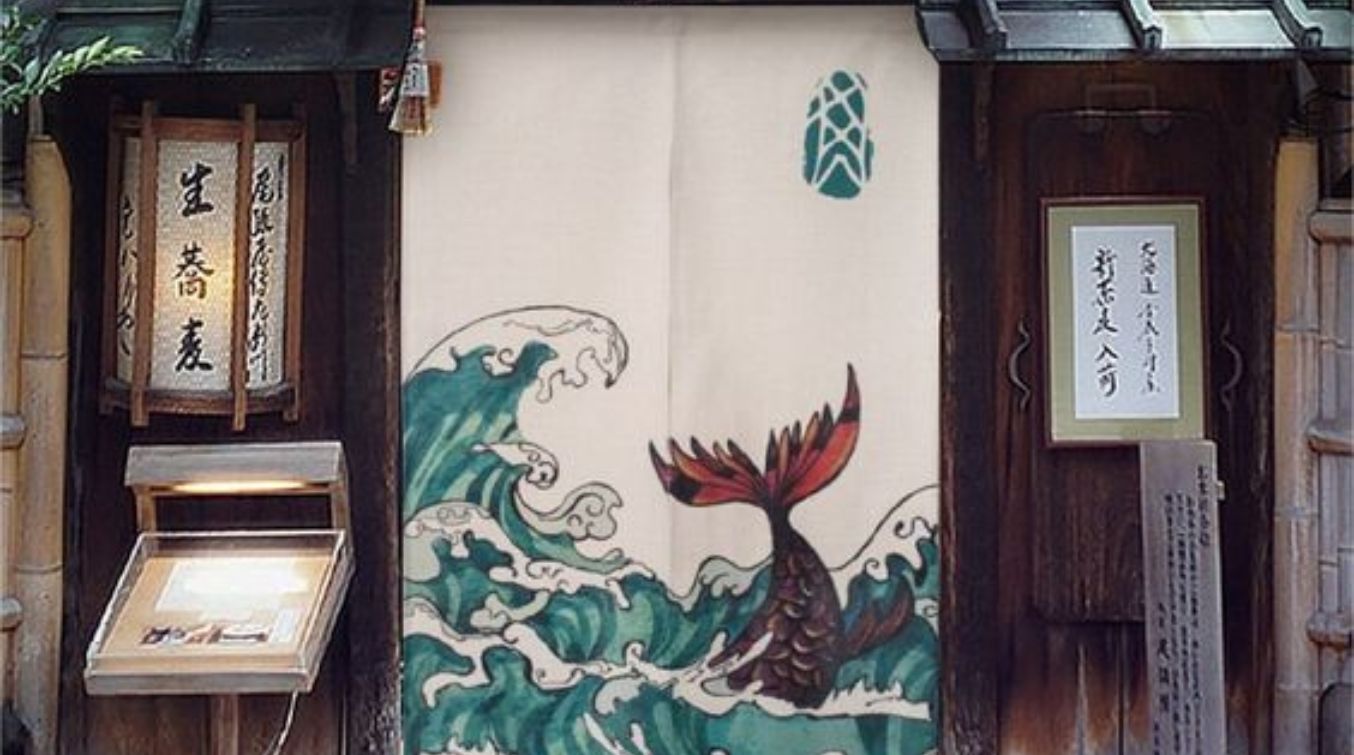
Japanese noren curtains are more than just pieces of fabric hanging in doorways – they are a symbol of tradition, artistry, and cultural significance. These unique curtains have a long history in Japan and continue to be an integral part of Japanese culture to this day.
Noren curtains are not only functional but also decorative, adding a touch of elegance and charm to any space. Traditionally used in shops, restaurants, and homes, Noren serves as a partition to separate spaces while allowing for easy passage. The intriguing designs and patterns on noren curtains often reflect the Japanese aesthetic – from nature-inspired motifs to intricate geometric patterns.
In Japan, noren curtains are not just accessories but are considered a form of art that embodies Japanese craftsmanship and attention to detail. The artistic qualities of noren curtains make them highly sought after by collectors and enthusiasts around the world, contributing to their global appeal.
Whether you are drawn to the history, design, or symbolism behind Noren curtains, exploring their world offers a glimpse into the rich tapestry of Japanese culture and traditions. Join us as we delve deeper into the origins, designs, symbolism, and contemporary uses of these remarkable Japanese noren curtains.
Origins and History of Noren Curtains
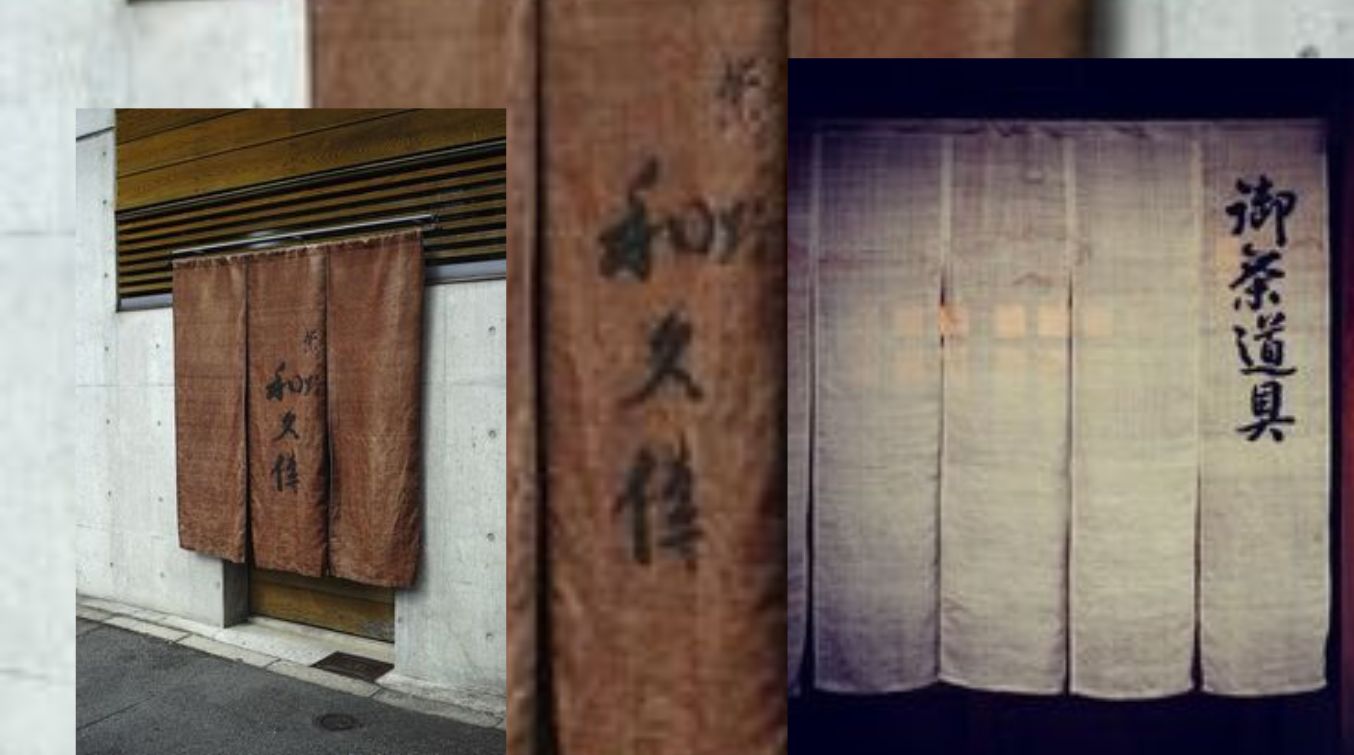
Noren curtains have a rich history rooted in Japanese culture and tradition. The origins of noren can be traced back to the Nara period (710-794 AD) in Japan, where they were initially used in temples as sacred symbols. These early noren were made of paper and silk and displayed intricate designs that held spiritual significance.
As time progressed, noren curtains transitioned from religious settings to everyday use in Japanese homes, shops, and restaurants. They served practical purposes such as shielding spaces from the sun, dust, and wind while still allowing for ventilation. The evolution of noren from religious artifacts to functional curtains speaks to the adaptability and creativity of Japanese craftsmanship.
Throughout history, noren curtains have also been utilized to indicate the type of establishment they adorned. Different colors, motifs, and symbols on noren would signify the nature of the business, whether it was a tea house, restaurant, or shop. This tradition continues today, with modern noren curtains still reflecting the identity and purpose of the space they adorn.
By understanding the origins and evolution of noren curtains, we can appreciate how these unique fabric dividers have seamlessly integrated into Japanese daily life while retaining their cultural significance and artistic charm.
Design and Construction
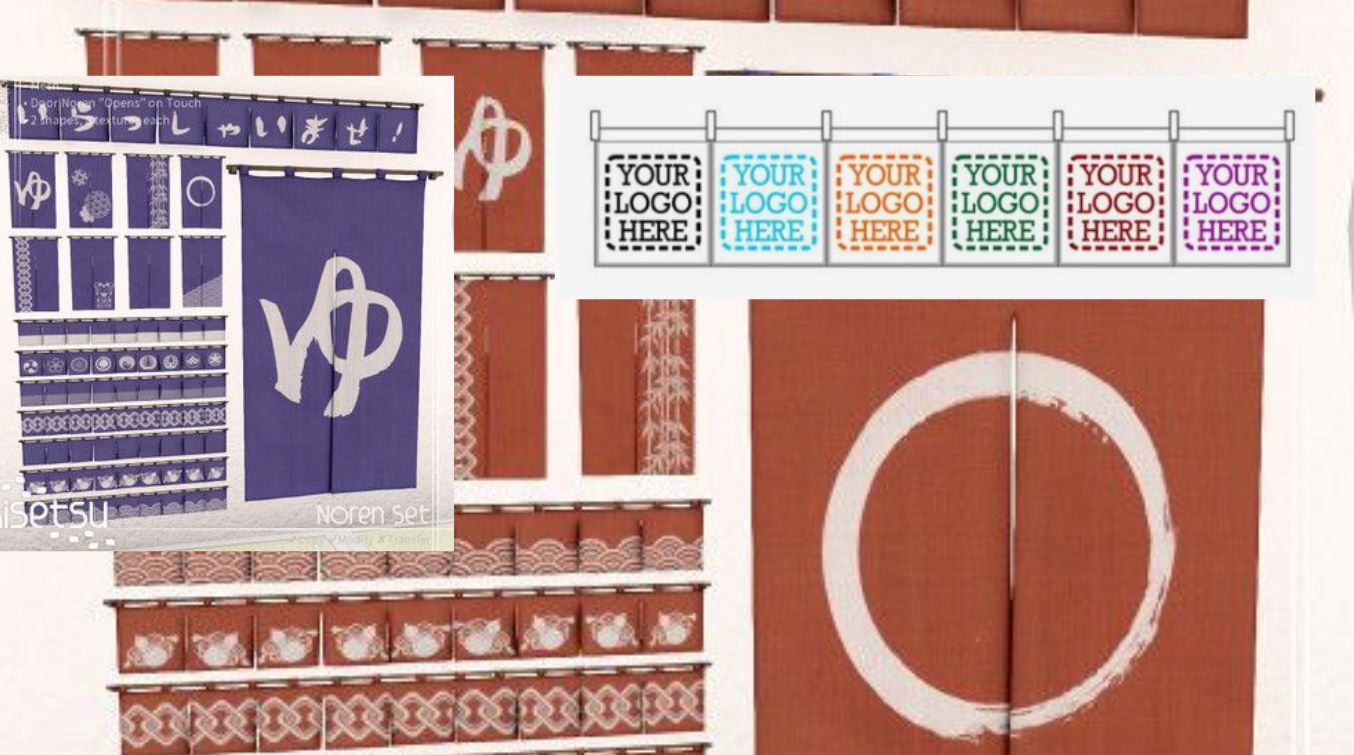
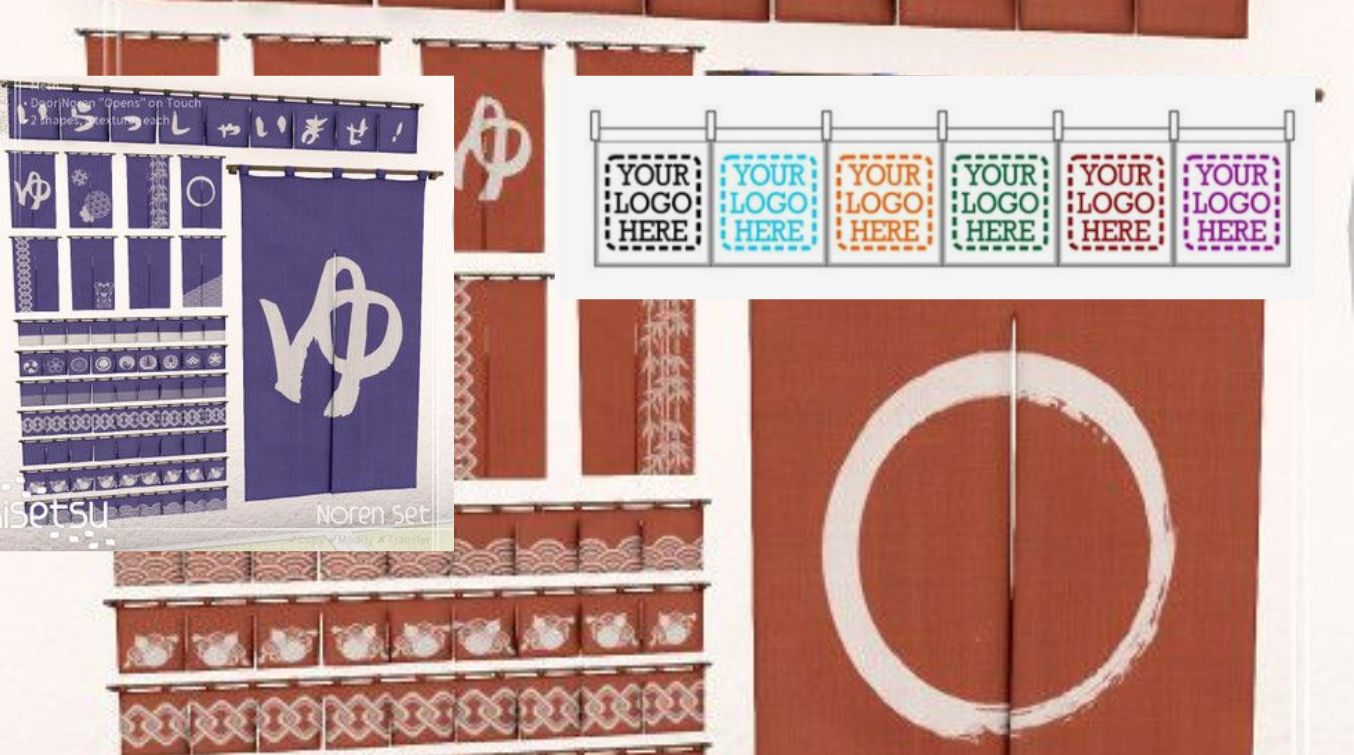
When it comes to the design and construction of Japanese noren curtains, meticulous attention to detail and fine craftsmanship are key elements. These traditional fabric dividers are typically made from high-quality materials such as cotton, linen, or silk, ensuring durability and elegance.
The construction of noren curtains involves intricate dyeing and weaving techniques that result in beautiful patterns and motifs. Artisans use methods like Shibori (tie-dyeing), Tsutsugaki (cone drawing), and Katazome (stencil dyeing) to create stunning designs on the fabric. The process requires a high level of skill and precision to achieve the desired aesthetic appeal.
Noren curtains are typically made in a rectangular shape, with a slit in the middle to allow for easy passage. Some noren feature additional embellishments such as tassels, bells, or lucky charms, adding to their visual charm and cultural significance.
The design of noren curtains often reflects nature, seasonal themes, or specific symbols that hold cultural meaning. From cherry blossoms and waves to symbols of good luck and prosperity, each design tells a story and adds a touch of artistic flair to the space.
Overall, the design and construction of Japanese noren curtains exemplify the fusion of traditional techniques with artistic innovation, creating unique and functional pieces that enhance any environment they adorn.
Patterns and Motifs
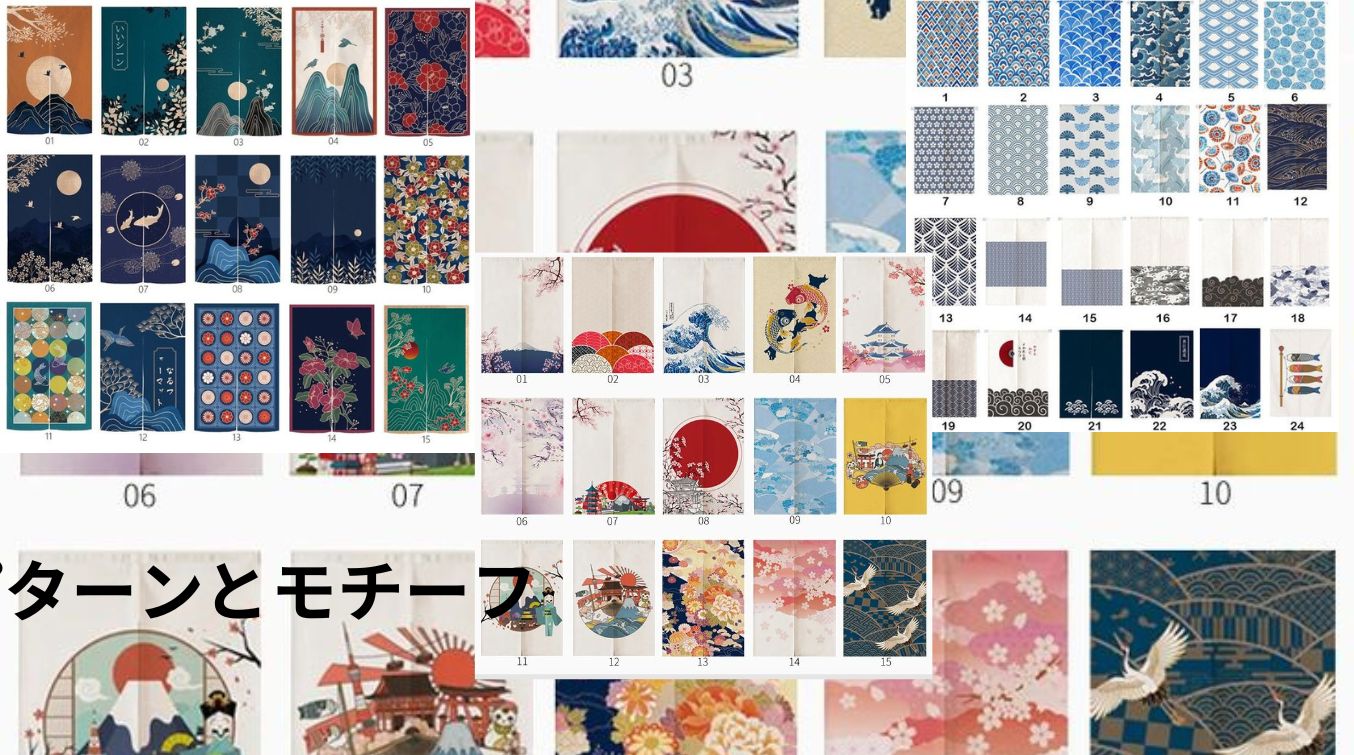
The intricate patterns and motifs found on Japanese noren curtains play a significant role in their cultural richness and aesthetic appeal. From traditional geometric designs to nature-inspired motifs, each pattern holds symbolic meaning and adds a unique charm to these versatile fabric dividers.
One commonly used motif in Japanese noren curtains is the 'Seigaiha' or 'blue ocean waves' pattern. This design symbolizes strength, resilience, and the ebb and flow of life. The rhythmic waves depicted on the fabric evoke a sense of calmness and tranquility, making it a popular choice for homes and businesses alike.
Another prevalent motif is the 'Sakura' or cherry blossom pattern, representing beauty, renewal, and the fleeting nature of life. The delicate pink blossoms scattered across the fabric are a timeless symbol of the spring season and are often associated with themes of transience and appreciation of the present moment.
Moreover, traditional geometric patterns like 'Asanoha' (hemp leaf) and 'Kikkou' (tortoiseshell) are frequently used in noren designs. These motifs symbolize protection, longevity, and prosperity, reflecting the harmonious balance between nature and human life in Japanese culture.
Overall, the diverse range of patterns and motifs found on Japanese noren curtains reflects the deep-rooted traditions, beliefs, and artistic sensibilities of the Japanese people, making them not just functional pieces but also captivating works of art that transcend time and trends.
Symbolism and Cultural Significance
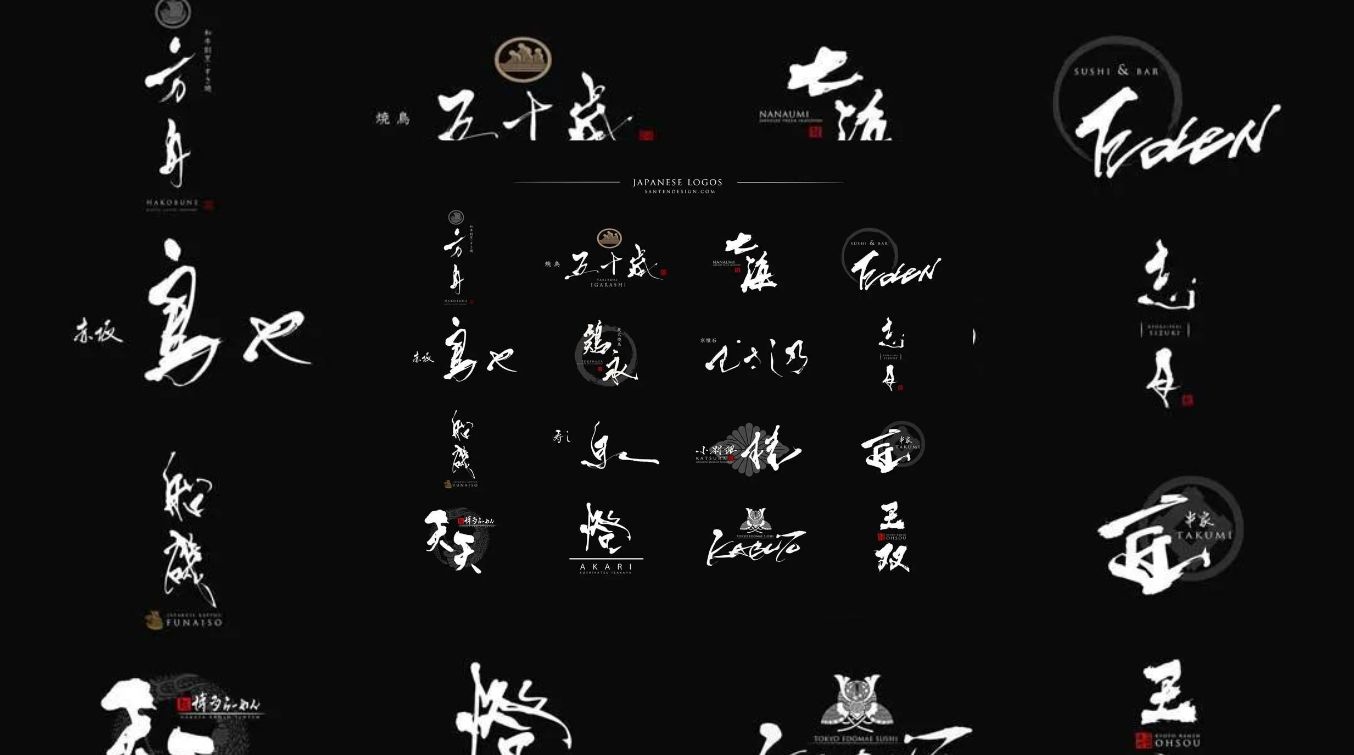
The intricate patterns and motifs found on Japanese noren curtains are deeply rooted in symbolism and cultural significance, reflecting the rich heritage and traditions of Japan. These fabric dividers go beyond mere decoration; they serve as meaningful expressions of Japanese culture and beliefs.
In Japanese tradition, the choice of patterns on noren curtains holds symbolic meaning. For example, the 'Seigaiha' or 'blue ocean waves' pattern represents strength and resilience, reminding individuals of life's continuous ebbs and flows. This symbolism embodies the idea of facing challenges with grace and perseverance, making it a popular motif in homes and businesses seeking to evoke a sense of tranquility and stability.
Similarly, the 'Sakura' or cherry blossom pattern found on noren carries deep cultural significance. The cherry blossom is a symbol of beauty and fleeting nature, highlighting the transient yet exquisite moments in life. By incorporating these motifs into their everyday spaces, individuals embrace the Japanese philosophy of appreciating the present moment and finding beauty in impermanence.
Moreover, geometric designs like 'Asanoha' and 'Kikkou' underscore themes of protection, longevity, and prosperity in Japanese culture. These patterns symbolize the interconnectedness of nature and human existence, emphasizing harmony and balance within the universe.
Overall, Japanese noren curtains serve as not only functional dividers but also powerful symbols of cultural heritage, beliefs, and artistic expression. Their designs encapsulate profound meanings that resonate with individuals worldwide, transcending borders and time with their beauty and significance.
Contemporary Uses and Global Appeal
In today's modern world, Japanese noren curtains have transcended their traditional roots to become popular decorative elements with a global appeal. These versatile fabric dividers are no longer limited to traditional Japanese homes and businesses but have found their way into contemporary interior design schemes worldwide.
One of the key contemporary uses of Japanese noren curtains is their ability to add a touch of elegance and cultural flair to any space. From restaurants and cafes to boutiques and modern homes, noren curtains are being used to create division, provide privacy, and infuse spaces with a sense of Japanese aesthetics. Their simple yet striking designs make them versatile pieces that complement a wide range of interior styles, from minimalist to eclectic.
Moreover, Japanese noren curtains have gained popularity in the West due to their functionality and aesthetic appeal. They are not only used as door curtains but also as room dividers, window treatments, wall hangings, and even as unique pieces of art. Their global appeal lies in their ability to blend seamlessly with various decor styles while adding a touch of cultural charm.
With their visually appealing prints, durability, and ease of customization, Japanese noren curtains have captured the interest of interior designers, homeowners, and businesses around the world, making them sought-after elements in contemporary design trends.










